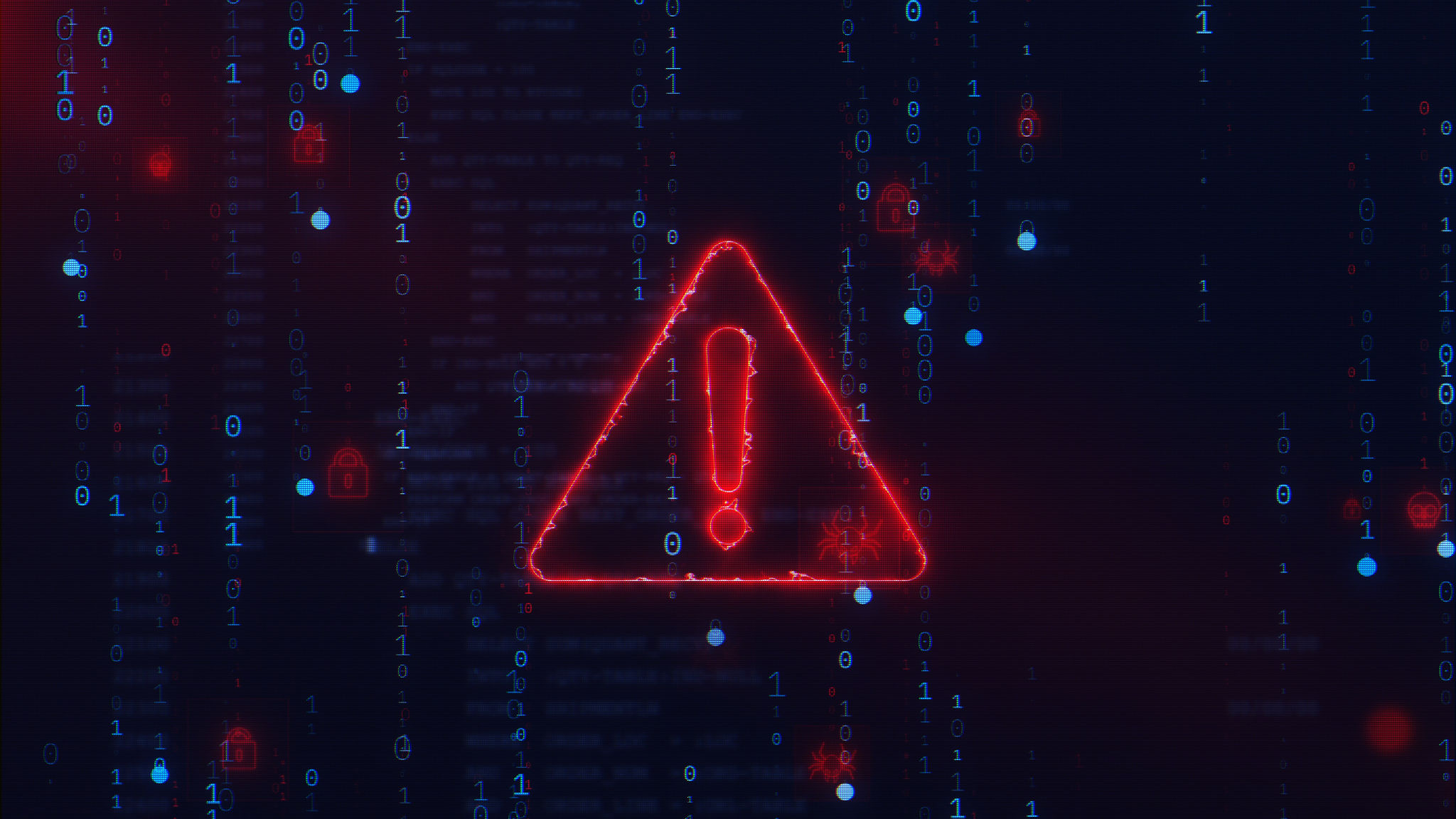The Role of Cybersecurity in Strengthening IT Infrastructure
Introduction to Cybersecurity and IT Infrastructure
In today's digital age, the importance of cybersecurity in maintaining a robust IT infrastructure cannot be overstated. With the increasing reliance on technology for business operations, safeguarding digital assets has become a crucial concern for organizations worldwide. Cybersecurity plays a pivotal role in protecting sensitive information, ensuring data integrity, and maintaining the trust of stakeholders.
Understanding Cyber Threats
Cyber threats come in various forms, including malware, ransomware, phishing attacks, and more. These threats can cause significant damage to IT infrastructure, leading to data breaches, financial loss, and reputational harm. Understanding these threats is the first step in developing effective cybersecurity measures.
Organizations must stay informed about the latest cyber threats and trends. This knowledge allows them to implement proactive security measures and respond swiftly to potential incidents. By doing so, businesses can minimize the risk of cyberattacks and ensure the continuity of their operations.

Building a Strong Cybersecurity Framework
A strong cybersecurity framework is essential for protecting IT infrastructure. This framework should include multiple layers of security measures, such as firewalls, intrusion detection systems, and encryption protocols. Additionally, businesses should conduct regular security audits to identify vulnerabilities and address them promptly.
Implementing a comprehensive cybersecurity policy is also vital. This policy should outline the responsibilities of employees, establish guidelines for data protection, and define procedures for responding to security incidents. By fostering a culture of cybersecurity awareness, organizations can empower their workforce to act as the first line of defense against cyber threats.
Importance of Employee Training
Employee training is a critical component of a successful cybersecurity strategy. Many cyberattacks occur due to human error, such as falling victim to phishing scams or using weak passwords. By providing regular training sessions, businesses can educate employees on best practices for maintaining security and recognizing potential threats.

Training programs should cover topics such as identifying suspicious emails, using secure communication channels, and properly managing access credentials. By equipping employees with the knowledge and skills needed to protect sensitive information, organizations can significantly reduce their vulnerability to cyberattacks.
Leveraging Advanced Technologies
To enhance cybersecurity efforts, businesses should leverage advanced technologies such as artificial intelligence (AI) and machine learning. These technologies can help detect anomalies in network traffic, identify potential threats in real-time, and automate response actions. By integrating AI-powered solutions into their cybersecurity strategies, organizations can improve their ability to detect and mitigate cyber threats effectively.
Furthermore, adopting cloud-based security solutions can provide additional layers of protection. Cloud providers often offer robust security measures that are continuously updated to address emerging threats. By utilizing these solutions, businesses can benefit from enhanced security without the need for significant investments in on-premise infrastructure.

The Role of Cybersecurity in Compliance
Compliance with industry regulations and standards is another critical aspect of strengthening IT infrastructure through cybersecurity. Many sectors have specific legal requirements for data protection and privacy. Failing to comply with these regulations can result in severe penalties and damage to an organization's reputation.
Implementing robust cybersecurity measures helps organizations meet compliance requirements by ensuring data integrity and confidentiality. Regular audits and assessments can help verify compliance with relevant standards, providing peace of mind to both businesses and their customers.
Conclusion: A Proactive Approach
In conclusion, the role of cybersecurity in strengthening IT infrastructure is indispensable. By understanding cyber threats, building a strong security framework, investing in employee training, leveraging advanced technologies, and ensuring compliance with regulations, organizations can protect their digital assets effectively. Adopting a proactive approach to cybersecurity not only safeguards information but also enhances the resilience and reliability of IT infrastructure.